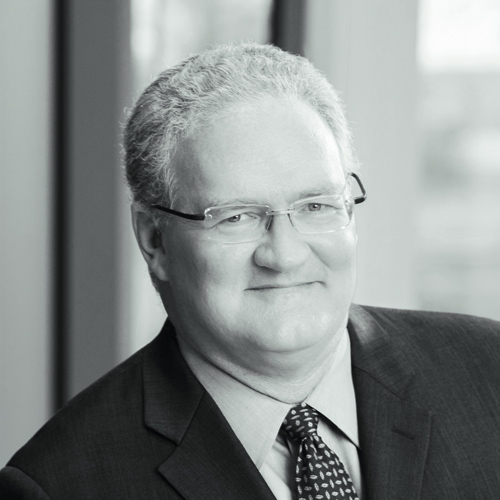
“If you went to bed last night as an industrial company, you’re going to wake up this morning as a software and analytics company.” That’s a quote from Jeff Immelt, CEO of GE Digital. Immelt has extensive experience with this concept of corporate chrysalis. A subsidiary of GE, GE Digital optimizes the use of the Internet of Things for industrial companies, meaning that it’s been a key driver of growth at the multinational corporation. The fast-expanding unit was formed in September 2015, and it aims to capitalize on no less than a full-on digital-industrial transformation.
As indicated by his quote, Immelt believes the practice of merging data with industrial processes will upend time-tested methods of doing business. He says it holds true for just about any manufacturing or industrial company, including automotive, aviation, chemical, energy, and food and beverage.
In order to maintain the rapid pace of development, GE Digital’s software development teams devise and update code continuously with short development cycles. Speed is of the essence in a highly competitive discipline. In such an atmosphere, there is the risk that the company puts out products or features that may arguably resemble patented features or use open-source code improperly. There’s also the risk that the company may fail to patent features that competitors could copy. In these cases, it’s up to Sid Venkatesan, chief IP counsel, and his team at GE Digital to manage that risk as well as to help decide when and where the company should apply for its own patents.
A major aspect of Venkatesan’s challenge, though, is cultural. As a 125-year-old company focused on industrial products and services, GE has ingrained processes that have worked well for decades. The industrial product development cycle may have sped up over the years, but it can be as long as multi-year cycles—much slower than the two- to four-week schedules common to the world of so-called “agile” software development.
In the industrial space, patent evaluation can roll out over six to nine months. In Silicon Valley-based GE Digital’s realm, it’s more like four weeks. Fortunately, Venkatesan’s team can build on the existing patent evaluation process as it tailors methods for GE Digital. The goal is to simplify the process by reducing the number of steps and people who review documents. “We’re not rewriting the playbook,” Venkatesan says. “Rather, we’re applying the playbook in a way that works here.”
Venkatesan has benchmarked aspects of the IP function with some peer companies as well as through the Silicon Valley Intellectual Property Law Association. “This has given me some data points on issues such as patent portfolio management and our approach to open source,” Venkatesan explains.
“We are trying to make our colleagues more accustomed to risk-taking.”
The cultural differences between those hired from GE’s older industrial units and other industrial companies as opposed to Silicon Valley hires are evident. For the former, it comes down to increasing their comfort level with the velocity of decision-making. “We are trying to make our colleagues more accustomed to risk-taking,” Venkatesan says. That often means making decisions with less information than you would ideally like to have, he adds. You might have to be satisfied with, say, an 80 percent comfort level on the likelihood of obtaining a patent than waiting for more information that could raise the odds of success on the application. Wait too long, though, and you may lose the chance to safeguard your IP.
Software developers that come from the valley’s fast-paced IT world have a bias of their own. They have a tendency to perceive the patent process as an unnecessary burden. “Many think patents are b.s.,” Venkatesan says. Part of his job is to convince them otherwise, and he has some persuasive arguments. He points to high-tech patent cases that have rendered judgments in the hundreds of millions of dollars against some well-known defendants. “If you don’t protect yourself with patents, then you can be on the wrong side of something like that,” he says.
To impart this message, Venkatesan’s group has been rolling out more live training, with small group settings seeming to have the best results. “We can have good conversations and get feedback that can be very effective in that setting,” he says. Venkatesan is also exploring alternative approaches to delivering training messages. These involve modern learning tools and adapting the traditional training format for the tastes of the millennial workforce.
To raise the profile of patent work within GE Digital, Venkatesan has enlisted the company’s CTO in an awards program to celebrate new patents as a result of developers’ work. The CTO has highlighted patent inventors and provided input in the company’s patent awards program. It’s a creative way to promote the importance of IP within the company and emphasize the extent of buy-in from a top executive.
Venkatesan earned a bachelor’s degree in aerospace engineering and is a former software developer. That background, along with his work for a Silicon Valley law firm in which he litigated some significant IP cases, has given him insight into the perspectives of industrial engineers and software developers alike. He’s going to continue to draw on all aspects of his background to help GE Digital forge a data-rich future for many industries. As he spans two worlds inside the company, he aids in building a bridge to the looming digital-industrial future.
***
King & Spalding:
“King & Spalding has always enjoyed working with Sid and his team at GE Digital. We’ve come to know Sid as an excellent attorney and also as a dealmaker who drives great outcomes for GE.”

